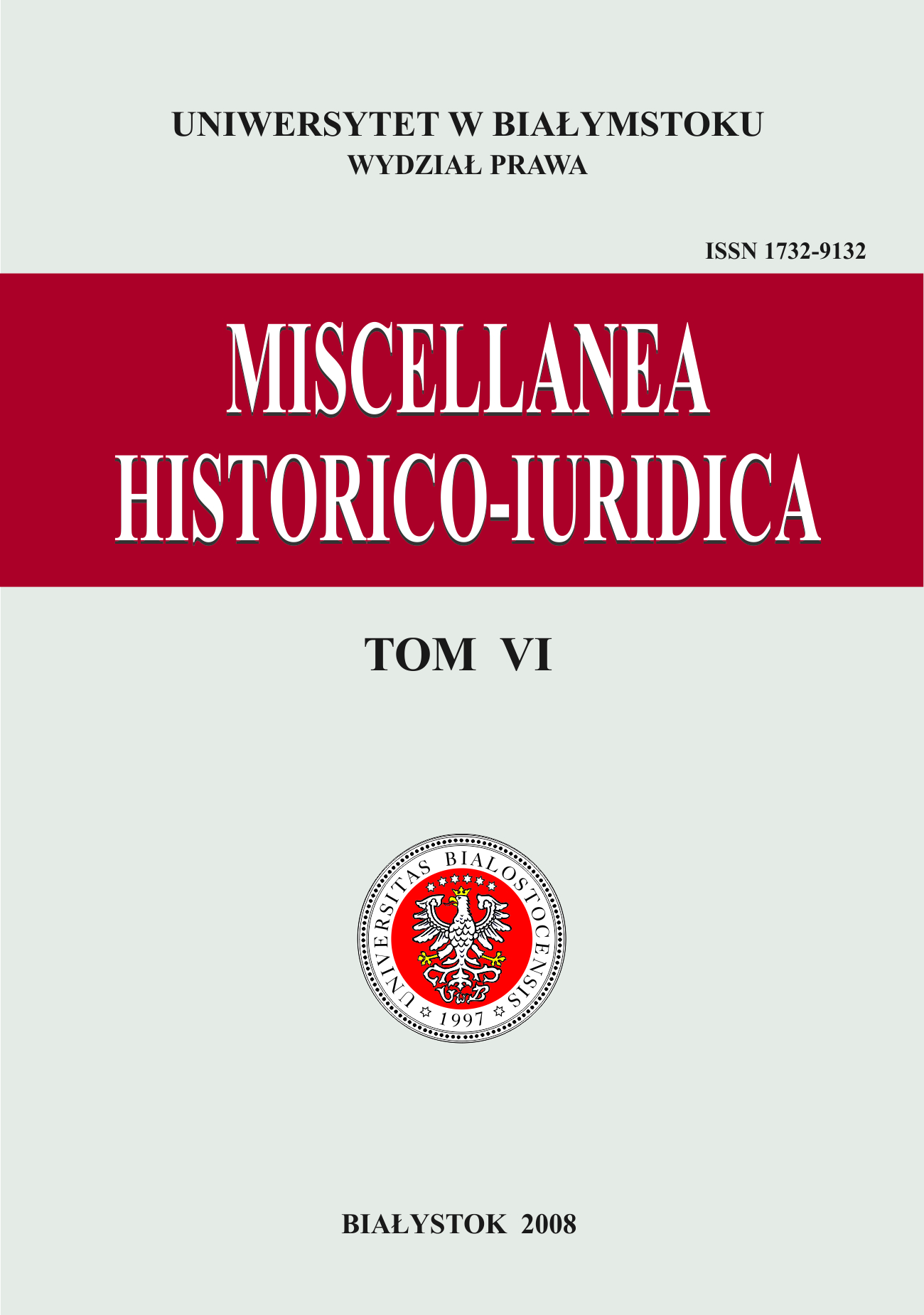Terminologia odnosząca się do konkubinatu w polskim ustawodawstwie synodalnym XII–XVIII w.
Keywords:
Concubinage, Synodal legislationAbstract
The question of concubinage was very often mentioned in the sources of Polish synodal legislation in 12th–18th centuries. This extramarital union between a man and a woman was defined by the Latin term concubinatus. The more descriptive expressions used to explain this relation are as follows: peccandi libidinum, scelerata consuetudo or damnaticius status. The most extended terminology refers to the most relevant matter for the Catholic Church, namely to break with the sinful intercourse by the Christ’s faithful. The analysis of synodal decrees indicates that provided terminology expressed moral and legal qualification of living in concubinage. It was characterized by the pejorative meaning. Undoubtedly, it reflected the negative attitude of the Church towards these extramarital relations and people remaining in them. Provided terms applied mostly to clerics living in statu concubinatu. It shows how much attention the ecclesiastical authorities pay to clerical discipline. However, the fragments regarding the fight with concubinage of Christ’s faithful are less common. Particular legislators broadly used the terminology provided by the universal Canon law.







